Once at a local vinyl event, I struck up a conversation with a fellow collector who happened to be a vinyl enthusiast like I am. We had a conversation about upcoming record players and the ones we already own. Out of the whole conversation, one part that amazed me was about how he replaced his stock stylus that was conical with a micro-linear one and how his turntable sounds much better now. I was really amazed to know more about different stylus types.
At first, I was skeptical because how can a change this small can make such a drastic change in the overall sound experience? My curiosity led me to in-depth research and as a result, I found out that there are four types of stylus available in the stores, conical, elliptical, micro-linear, and Shibata.
Each one has its unique characteristics, and shape and is priced differently than one another.
I am sure you are also clueless like I used to be and want to know more about different turntable stylus types. So, allow me to help you with the right information!
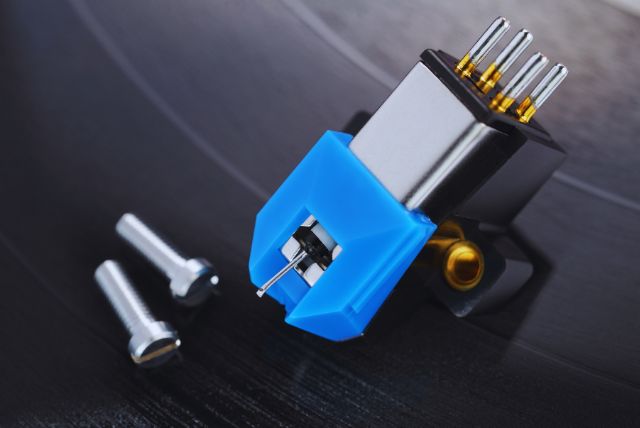
Different Turntable stylus types
Let us now discuss the different styles types that you get in a turntable or a record player.
Conical or spherical stylus
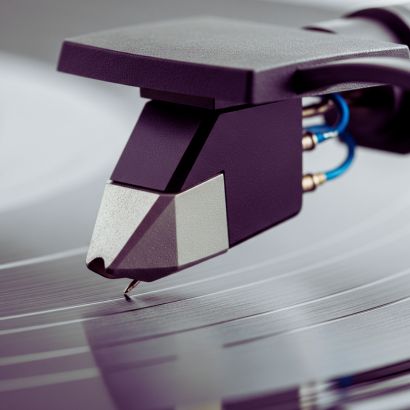
Conical or spherical needle type is widely used in the turntables. The stock stylus of your record player is mostly conical. The characteristics of this needle is 0.6 millimeters in diameter, is rounded in shape, and perfectly touches the groove walls. Conical needles are known to produce rich and immersive sound and are more budget-friendly as compared to elliptical and other needle types.
- Pros: It’s cheap and easy to replace.
- Cons: Due to its slightly bigger size, it may not track smaller grooves with precision.
Elliptical or bi-radial stylus
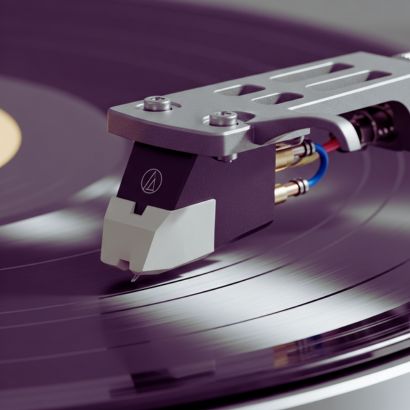
The elliptical needle also known as the bi-radial needle is slightly better than conical needles. They are known to read the grooves with better precision and provide a better audio experience.
The elliptical stylus works in a way that the front part of the needle comes in direct contact with the center of the groove, while the other two smaller sides touch the left and right groove walls.
As these needles are more expensive, they are mostly found in high-end record players.
- Pros: It can track smaller grooves more accurately.
- Cons: It wears out much faster than a conical stylus.
Micro-linear or Micro-ridge stylus
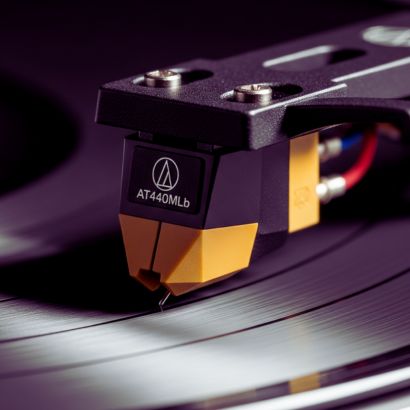
Micro-linear or micro-ridge needles have ridges in the tip that allow them to easily stay in the grooves of the record. Its shape is identical to the shape of a cutting stylus used to create a master disc from which records are made.
The micro-linear needle is the most advanced needle on the market and is known to produce incredible sound, all thanks to its tremendous tracking capabilities.
- Pros: Its unique and even shape extends its life and the life of the records it tracks.
- Cons: Micro-linear needles are extremely expensive compared to other needles.
Shibata or Fine line stylus
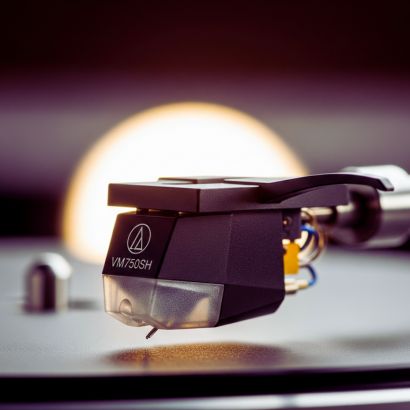
Shibata, also known as fineline and hyperelliptical, has a slightly wider tip compared to micro-linear needles and offers a much better sound experience while playback. It is known to produce outstanding high-frequency performance and contact more of the grooves than an elliptical needle.
Shibata needles are less expensive than micro-linear, but they are still more costly than the other two types, conical and elliptical.
- Pros: The sound is more balanced and causes very little wear and tear to the record.
- Cons: It falls out of the grooves and is slightly expensive.
Final Beat
The four turntable stylus types produce different sound results and have completely different characteristics from one another. While some are cheaper, some are extremely expensive.
If you are planning to change your player needle but are on a budget, go for conical or elliptical, and if you are more concerned about your collection and price is not a problem, go for either Shibata or Micro-linear.
Once you have made a decision, I have written an article specifically for you on how to replace your record player needle. Don’t forget to check it.
Till then keep spinning your favorite records, enjoy the details, and let the music tell its stories. Happy listening!


